Westland Whirlwind
Petters Ltd was an engineering company that started in 1915 with the production of aircraft at Westland Farm, Yeovil, Somerset. The company was appropriately renamed as Westland Aircraft Ltd. Over the years to follow they built aircraft types that would be well known both civil and military. Of their products used in numbers the Wapiti, the Wallace and, shortly before the war, the Lysander became familiar sights. Under the leadership of one of the sons of the company founder Sir Ernest Petter, the legendary W.E.W. Petter, Westland designed and build over the period 1938-1942 the cannon-armed Whirlwind fighter.
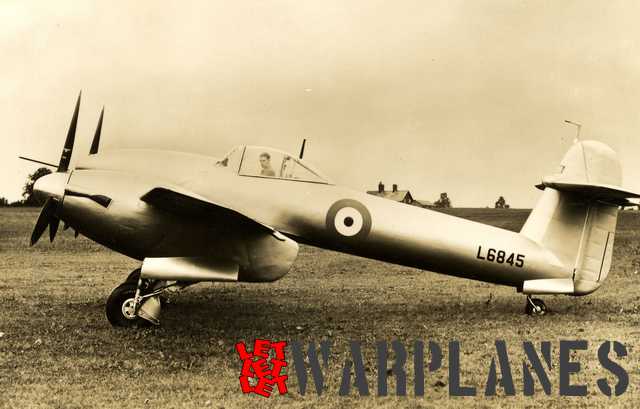
A revolutionary design
Westland had already gained some experience with a cannon armed fighter when they designed and build in 1930 the F.29/27 C.O.W. Gun fighter fitted with an upwards firing big cannon. The C.O.W. gun was never used operationally and the new Westland cannon-fighter remained a prototype only, but some years later Petter’s team started with a very revolutionary cannon-armed high-speed fighter as the Westland P9. Armament selected was the 20 mm Hispano automatic cannon. Four of these weapons were grouped in the nose. The single seat new fighter design showed a very sleek fuselage with double tail fins and a forward placed wing fitted with two new Rolls-Royce Peregrine engines. The Peregrine was a brand new liquid-cooled twelve-cylinder V-engine producing 885 hp at 3000 rpm. In fact it was a smaller and lighter version of the famous Merlin and with two of these, the new Westland fighter would have performances that would be equal to or even better than the single-engine Merlin fighter types then under development like the Spitfire and the Hurricane.

(Ray Watkins collection)
In the final design the twin fin was replaced by a single fin with a high-placed horizontal tail. Construction was entirely of light-alloy with a monocoque fuselage and stressed-skin wings. Further, it had a fully retractable undercarriage and a bubble type backwards sliding cockpit canopy for an optimal all-round vision. All fuel was carried in a double integrated wing tank just outside the engine nacelle in the outer wing section with a total capacity of approx. 300 litres in each wing. At the operational version, these tanks were self-sealing. The outer wings were fitted with slats over the whole length of the leading edge, although they were at the operational machines in most cases fixed in a closed position after some bad flying experiences with slats open. Work on the Whirlwind was started in 1936 to the requirement F.37/35 and a final contract for the construction of two prototypes was placed in February 1937. The first prototype, carrying the R.A.F. serial number L6844, made its first flight from Boscombe Down on 11 October 1938 with Westland Chief test pilot Harald Penrose (1903-1996) at the controls. The second prototype L6845 followed a year later fitted with some modifications based on test flights of the L6844 like an enlarged rudder. Except for teething troubles on the new Peregrine engines the new Westland fighter showed to have excellent handling characteristics and performances. Both prototypes flew initially without any armament, but later L6845 was fitted with various cannon trial installations. This included not only the planned four 20 mm Hispano’s but also a single 37 mm nose cannon for ground-attack experiments. Also a twelve gun Browning .303 installation was tested. L6844 also flew experimentally with four 20 mm Hispano’s line-abreast in the nose. L6844 was withdrawn from use in 1942 as an instructional airframe while L6845 ended its life in June 1941 after a flying accident after accumulating only 98 flying hours. Final armament for the production Whirlwind was a set of 4 Hispano 20 mm cannons grouped in pairs in the nose. Ammunition for each cannon was fed from a 60 rounds magazine drum with a total firing time of only ten seconds. However, in general a one second burst of concentrated fire was sufficient to break up the structure of an enemy plane!
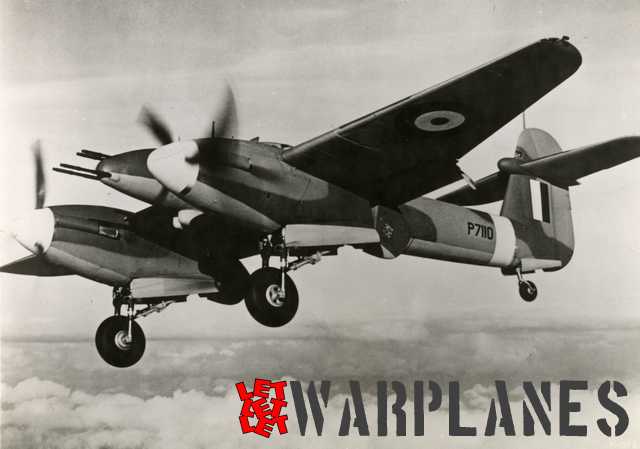
In spite of the teething problems the both Whirlwind prototypes performed so well during the test programme that end of January 1939 the Air Ministry placed an order for 200 operational Whirlwinds with the first machines scheduled to be delivered in September of the same year. Shortly before the outbreak of the war an additional order for 200 was placed.
A difficult operational start
With the orders totalling 400 operational Whirlwind Mk.1’s, the future of the plane seemed very bright. The R.A.F. assigned the following serial numbers to the Whirlwind Mk.1.
First order of 200:
P6966-P7015, P7035-P7064, P7089-7122 (in fact P7122 was the last one built!), P7142-P7128, P7158-P7177, P7192-P7221, P7240-P7269.
Second order of 200:
R4243-R4283, R4296-R4325, R4345-R4384, R4400-R4445, R4460-R4479, R4499-R4521.
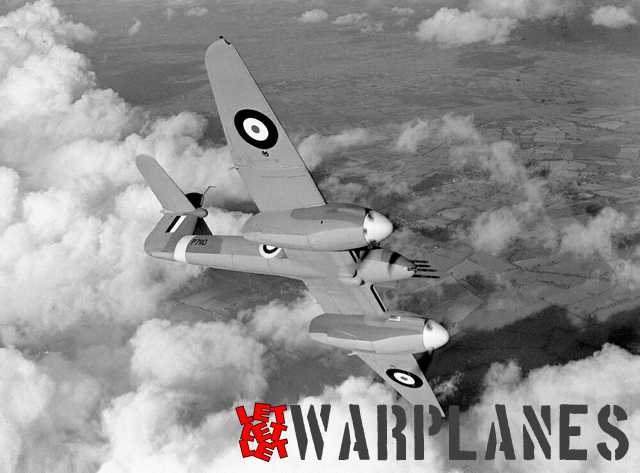
At Westland a production line was started and the first production Whirlwinds were soon completed but production problems with the Peregrine engines caused a serious delay. The first six Whirlwinds were cleared by Westland, but flight testing revealed tail vibration at high diving speed. To cure this an small acorn shaped fillet was fitted at the junction of horizontal stabilizer and vertical tail plane, but since this was not found to be enough it was enlarged on all future production machines. First machines were finally ready in May 1940. They were tested for a short time by pilots of No. 25 squadron at North Weald and Martlesham Heath but on 6 July 1940 they were handed over to No. 263 Squadron, at that time stationed at Drem. Later more followed, but introduction was not without its share of problems and flying accidents. Squadron 263 was the first R.A.F. unit to fly the Whirlwinds operationally, but in October 1940 only eight Whirlwinds were in service and the type completely missed the Battle of Britain. If available then in substantial numbers, they definitely would have played an important role with the four nose cannons and victory of the R.A.F. over the Luftwaffe could have been more decisive! However, the Whirlwind had as drawback that it had a higher landing speed than both Hurricane and Spitfire and needed a longer runway. This meant theoretically that not all operational fields in England could be used, but in practice it hardly was found to be a real problem! Because the Peregrine engine performance detoriated at higher altitude, the Whirlwind only had superior performances at lower altitudes.
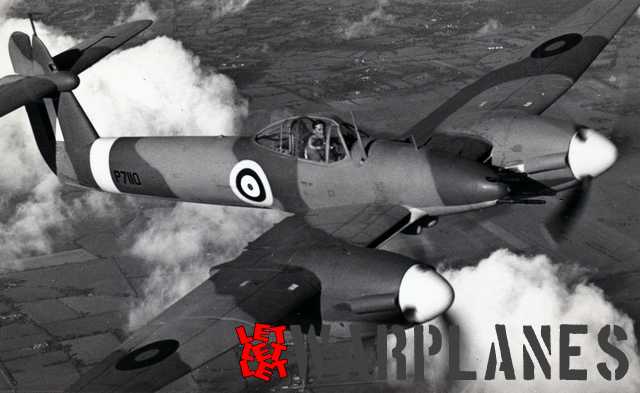
Only operational at two squadrons……
In spite of the early delivery problems and operational limitations, 263 Squadron finally received more Whirlwinds and although contacts with German planes were not very frequent in the beginning, the Whirlwind booked its first operational success on 12 January 1941 when p/o Stein and sgt. Mason damaged a Ju-88 when flying respectively P6972 and P6968. A few weeks later, on 8 February 1941, f/o J.G. Hughes and p/o K.A.G. Graham destroyed an Arado Ar-196 floatplane from 5/KuFlGr 196. Unfortunately p/o Graham was missed in action after this encounter. Over the next two and a half years, more successes followed.
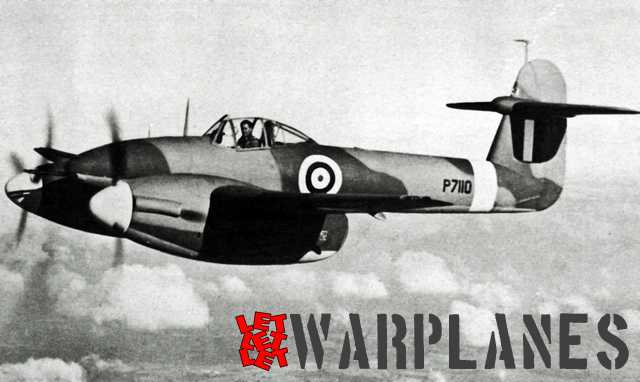
Here is a short list of more successes claimed by No. 263 Sq over the Channel/Northern France area:
-01.03.41 p/o Thornton Brown(P.6989) & P/OKitchener(P.6996) – Ju-88damaged
-05.03.41 p/o Kitchener P6989 (HE-J) – Ju-88 damaged
-11.03.41 p/o Kitchener P6985 – Ju-88 damaged
-01.04.41 sq/ldr Donaldson P6998 damaged Do-215, although this might have been a Handley Page Hampden!
-05.03.41 p/o Kitchener (P ? )- Ju-88 damaged
-01.04.41 s/ldr Donaldson (P6998) – Do-215 damaged
-06.04.41 p/o Howe (P7002) and p/o Tooth(P7004) – 2 He-111’s damaged
-08.04.41 p/o Ferdinand (P6996) and Sgt King (P6970) – Ju-88
-06.08.41 Sgt Rudland (P?) – Bf-109
-07.11.41 Sgt King (P7112) – Bf-109
-14.12.42 f/lt Coyne (P7057) and Sgt Cotton (P7052) – FW-190 damaged
-16.05.43 p/o Lee-White (P7059) – FW-190 damaged
-14.08.43 S/Ldr Baker (P.7113) – Ju-88
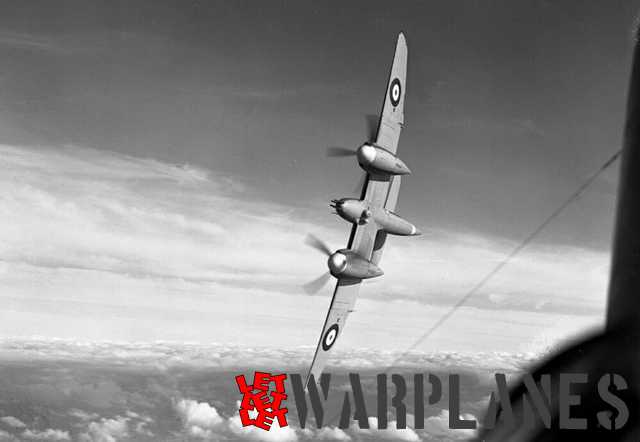
A second Whirlwind squadron, Sq. no. 137, was formed on 20 September 1941. Also this squadron was active over the Channel/North Sea area and Northern France, Here is a short list of some of their encounters with the Luftwaffe:
-20.06.42 – p/o C.Mercer and sgt Ashton – Do-217 damaged (N. Sea)
-06.07.42 – p/o Bartlett and sgt Roberts – Ju-88 damaged (N.Sea)
-25.07.42 – p/o J.E.McClure and w/o R.L.Smith – Ju-88 N.Sea
-29.07.42 – f/sgt J.R.Rebbetoy and sgt L.O’Neill – Ju-88D-1 (N.Sea) (F6+EL) of 3(F)/122
W.Nr.1515
-18.08.42 – p/o J.Luing and sgt L.O’Neill – Ju-88 damaged (N.Sea)
-19.08.42 – f/lt Van Schaick and sgt Brown – Ju-88 damaged (N.Sea)
-20.08.42 – f/lt Bartlett and p/o Barclay – Ju-88 damaged (N.Sea)
-15.12.42 – p/o R.L.Smith – FW-190 damaged over Pegwell Bay
-19.12.42 – f/lt J.M.Bryan and p/o J.R.Rebbetoy – FW-190
-28.01.43 – f/o B.L.Musgrove FW-190A-4, Black 2, 8/JG26,Uffz H.Walter killed.
-20.06.42 – p/o C.Mercer P6972 and sgt Ashton P7012 ( SF-V)- Do-217 (Dam) N.Sea
-06.07.42 – p/o Bartlett P7111 and sgt Roberts P7037 – Ju-88 damaged (N.Sea)
-25.07.42 – p/o J.E.McClure P7104 and w/o R.L.Smith P7012 (SF-V ) – Ju-88 3(F)./122 (N.Sea)
-29.07.42 – f/Sgt J.R.Rebbetoy P7058 (SF-G) and sgt L.O’Neill P7005 (SF-H) – Ju-88D-1
(F6+EL) of 3(F)/122 W.Nr.1515 (N. Sea)
-18.08.42 – p/o J.Luing P7055 (SF-W) and sgt L.O’Neill P7037 – Ju-88 damaged (N.Sea)
-19.08.42 – f/lt Van Schaick P7014 and sgt Brown P6976 – Ju-88 damaged (N.Sea)
-20.08.42 – f/lt Bartlett P6993 (SF-A) and p/o Barclay P6982 (SF-S) – Ju-88 damaged (N.Sea)
-15.12.42 – p/o R.L.Smith P6976 – FW-190 damaged (Pegwell Bay)
-19.12.42 – f/lt J.M.Bryan P7114 and p/o J.R.Rebbetoy P7005 (SF-H) – FW-190
-15.06.43 -s/ldr J.Wray P7111 FW-190 damaged near Cayeaux Fr.
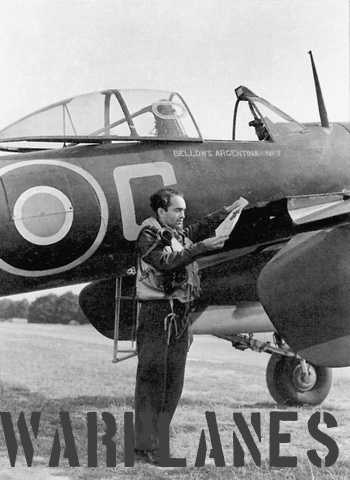
Both squadrons were based at various locations in Southern England during the period they flew Whirlwinds. It is interesting to mention that under the crew there were pilots of various nationalities. Even two pilots from India were active on the Whirlwind. P/o Dattatreya Samant flew at no.137 Sq. on P7121 while sgt. Sayanapuram Duraiswamy Thyagarajan flew on P7094 at no. 263 Sq. The latter was shot down and killed on 26 August 1944 over Northern France while flying a Hawker Typhoon. During the war mistakes in aircraft identification sometimes led to ‘friendly fire’ and also here mistakes were made when on 25 May 1942 f/sgt G.V. Brennan in P7122 and p/o LaGette in P7046 of No. 137 Sq. claimed a Junkers Ju-88 over the North Sea. Actually it was an R.A.F. Blenheim! Whirlwinds were used for patrol over the British Channel and North Sea area and during a number of naval operations against German ships they provided top cover against Luftwaffe fighters and bombers. However, they we also actively attacking enemy ships on some occasions.
New task as a fighter bomber and final phase-out
The role of the Whirlwind was at both squadrons changed from pure fighter into the fighter bomber role. For this purpose, bomb racks for two bombs of 250 or 500 lbs (113.4 or 226.8 kg) were fitted under the outer wings. Although the Whirlwind was definitely not designed for the fighter bomber role, it did quite well. Together with formations of Hurricanes and with Spitfires as top cover they flew so-called ‘Rhubarb’ intruder missions over Northern parts of France and Belgium. The Whirlwind created not only havoc with their bombs dropped at tree top height, but they also used their cannons for ground strafing. And after releasing their bombs, the Whirlwind pilots definitely did not try to avoid enemy fighters. In fact they even scored some Bf-109’s and FW-190’s as we can see from the above list! In spite of its larger size and higher weight, the Whirlwind was a highly manoeuvrable machine and at low and medium altitude it was on quite even terms with the Luftwaffe single engine fighters. However, these low-level attacks were not without risks and a substantial number of 263 and 137 squadron pilots were lost during these operations; mainly by flak. Just like other operational squadrons they had to pay a heavy price with 18 pilots missing in action and at least 22 pilots killed in action or flying accidents.
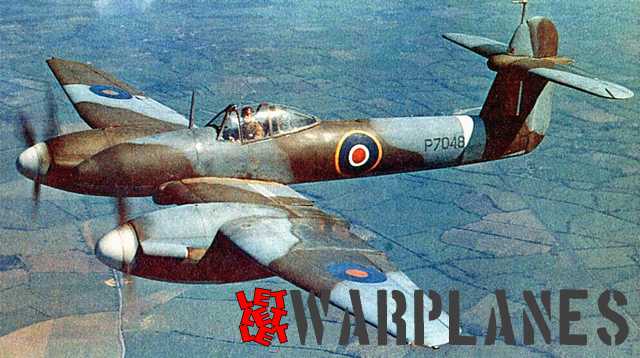
No matter how good the Whirlwind performed, its days were soon numbered. What the Whirlwind urgently needed was an improved Peregrine engine that also performed at higher altitude. However, Rolls Royce was at that time fully committed with Merlin production and development and because the Whirlwind was the only operational type fitted with the Peregrine the Air Ministry decided that all further development on the Peregrine had to be stopped. This had of course also consequences for the Whirlwind production. Air Ministry ordered Westland to terminate production of the Whirlwind after the 114th machine P7122 and the remaining 86 of the first order and the 200 of the 2nd order were all cancelled. With no new planes coming in to compensate for lost and damaged Whirlwinds at nos. 263 and 137 Sq. and no improved Mk.2 or later versions under final development at Westland the operational career came to an end in the autumn of 1943. They were all withdrawn over the next year and replaced by the new Hawker Typhoon. Retrospectively we can say this was not a very wise decision. The Typhoon had its own share of teething problems both with the new Napier Sabre engine and with structural failures of the tail section under stressed conditions. In fact the Typhoon was at that point not yet ready for service introduction but that is an other story! Most likely the cancelled 286 Whirlwinds would have continued to play a very important role with intruder missions in France an Belgium and most Whirlwind pilots deeply regretted they had to say good-by to their beloved planes!
A proposal by Westland to refit the Whirlwind with Merlins was rejected since this would imply a major structural redesign of the original type. Also plans to use the improved Whirlwind Mk.2 as a photo reconnaissance plane fitted with improved Peregrine engines and an extra fuel tank in the fuselage behind the cockpit never materialized.
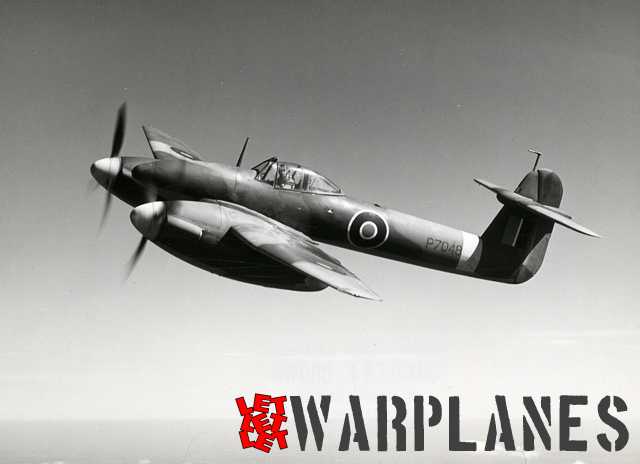
All Whirlwinds were scrapped except no. P7048. This machine was badly damaged in 1943 but repaired at Yeovil. It was used after the war for a short time by Westland as a company plane carrying the civil registration G-AGOI and a sky blue colour scheme. Unfortunately it was scrapped in May 1947…..
We may conclude that the Whirlwind was a very capable fighting machine that was for a number of (disputable!) reasons not further developed. Later versions with more powerful engines, more internal fuel capacity, more ammunition and better high-altitude performances would have performed equal or better than the Hawker Typhoon and with two engines it would have given their pilots far better chances to get home when damaged!
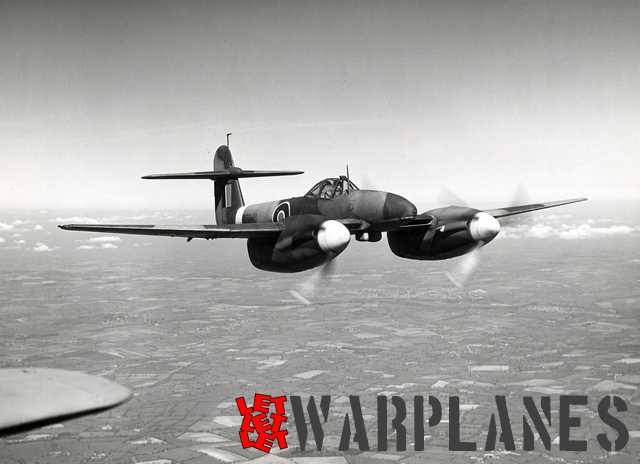
Camouflage and markings
The first prototype L6844 made its first flights in a very dark grey scheme with serial numbers in white lettering. Later it received the standard camouflage scheme dark green/dark earth with the underside painted yellow. Yellow colour was mandatory for prototypes! At an early stage some Whirlwinds flew with the under-wings temporary painted black and white for port and starboard side. Basically this schema was meant for aircraft not yet operational!
The second prototype L6845 was flown in an all over aluminium scheme. When the port wing underside was painted black, the R.A.F. roundel had a yellow outer circle for better visibility!
The production Whirlwinds supplied to no. 263 squadron in 1940-1941 had the standard early ‘Battle of Britain’ scheme dark green/dark earth and sky type S. As usual at that period for aircraft not yet fully operational at least a number of early Whirlwinds flew temporary with the underside of the port wing painted semi mat black. Spinners and band on rear fuselage were sky type S. Fin flashes and R.A.F. roundels were standard as mandatory. The Whirlwinds as supplied to no.137 squadron in 1942 had the standard dark green/medium sea grey/ mixed light grey colours; also with sky type S spinners and fuselage band. Wing leading edge of the outer wings was painted yellow. No. 263 Sq Whirlwinds were later also re-sprayed in standard dark green/medium sea grey/mixed grey. No. 263 squadron Whirlwinds carried the call sign HE + – on both sides of the fuselage roundel. No. 137 squadron Whirlwinds used call sign SF + -.
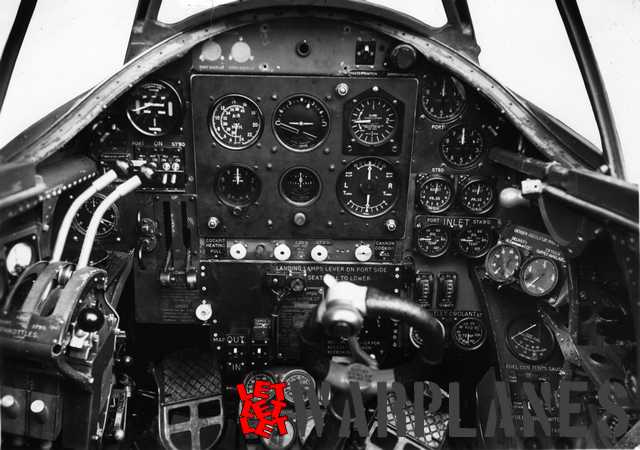
(Bernhard Klein collection)
A number of Whirlwinds carried individual names. Some examples are:
P7056 “Pride of Yeovil’
P7102 ‘Comrade in arms’
P7116 ‘Bellows Argentina no.2’
P7121 ‘Bellows Argentina no.7’
P7122 ‘Bellows Uruguay’
Some more Whirlwind facts
–Although the existence of the Whirlwind was undisclosed to the general public until 1942 the Germans were well informed on this type and it appeared in detail in the small Kriegsflugzeuge books that every German soldier had in his knapsack! Also in the aircraft recognition manual from the Kriegsmarine, the type was amply illustrated including position of fuel tanks, armour and armament!
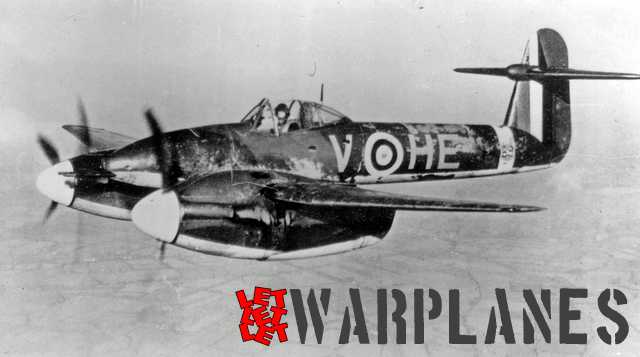
-Below 5000 m the Whirlwind could out-climb both Spitfire and Hurricane. Maximum speed was almost equal than that of the Spitfire, but it was faster than the Hurricane. In spite of its higher wing loading and larger dimensions it could out-turn both Spitfire and Hurricane by using differential throttle settings of the both engines. Above 5000 m both Spitfire and Hurricane were superior on all points!
-Since the Whirlwind was purely designed as an interceptor, range was relatively small. For the fighter-bomber role, underwing fuel tanks would have been very useful to extend its range, but these were never fitted!
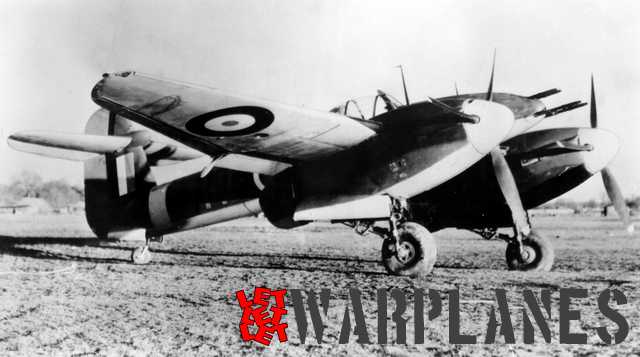
-One serious flaw in its design was the absence of a cross-link system between the two wing fuel tanks mounted in the outer wings. When one engine was out of order, the remaining fuel could not be pumped to the other wing tank, where it was needed and it stayed as dead weight on the wrong place. It was one of the things to be fixed at a Mk. 2 version, but as we have seen this was never built!
-One of the tasks of the Whirlwind before it was commissioned as a fighter bomber was daylight escorting. A number of such missions was flown by No. 263 Sq. The best known escort mission took place on 12 August 1941 when Blenheim bombers were escorted during a raid to Antwerp.
-Whirlwind P6994 was on 5 June 1942 shipped to the United States. Its final fate remains unknown!!
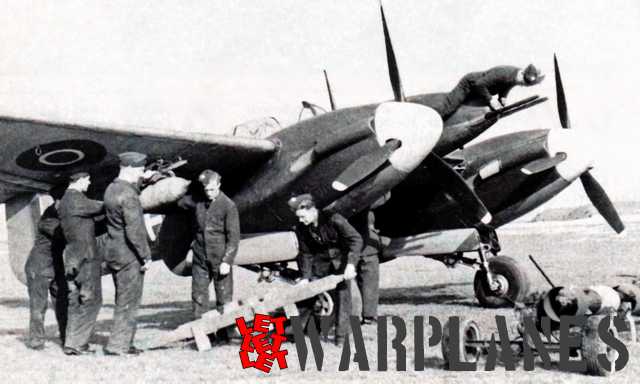
Technical details:
Engine : two Rolls Royce Peregrine liquid-cooled Vee-12 engines of 885 hp take-off power each
Dimensions:
-wing span 13.72 m
-length 9.83 m
-wing area 23.22 m2
Wing loading at t.o.w. 202.7 kg/m2
Weights:
-empty 3769 kg
-all-up weight: 4707 kg in fighter configuration
5176 kg maximum t.o.w. with two 227 kg (500 lbs) bombs
Performances:
Max speed 488 km/h at sea level
565 km/h at 4572 m
Climb to 4570 m 5 min 42 sec
Landing speed 128.7 km/h
Service ceiling 9240 m
Range 480 km
Armament: 4×20 mm cannon
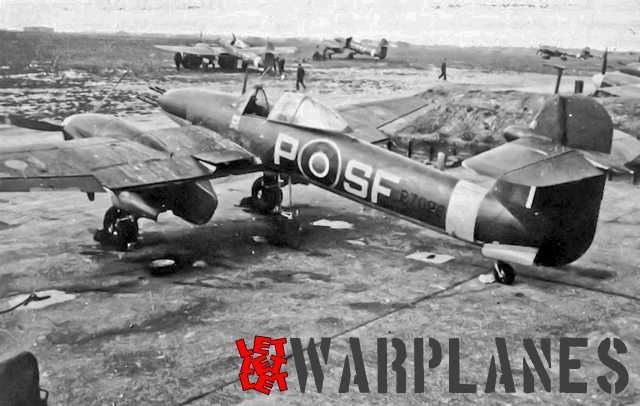
References:
-Anonymous, Whirlwind…First of the four-cannon fighters, Air Enthusiast July 1973 pp. 30 – 39
-James Goulding, Interceptor, Ian Allan (1986)
-Victor Bingham, The Westland Whirlwind fighter, Airlife UK (1987)
-William Green, War planes of the Second World War-Fighters Vol.2, Macdonald (1961)
-Terry Heffernan, Something special from Somerset, Aeroplane Monthly January 1985 pp. 8 – 12; February 1985 pp. 60 – 64.
-Peter Lewis, The British fighter since 1912, Putnam (1979)
-A.H. Lukins. The book of Westland aircraft, Harborough Publishing UK (1947)
-Philip J.R. Moyes, The Westland Whirlwind, Profile publications no.191 (1967)
-Alfred Price, The Vortex from Yeovil-The story of the Westland Whirlwind fighter, Air International, March 1995 pp. 157-164
-Bruce Robertson, British military aircraft serials 1912-1963, Ian Allan (1964)
Text- Nico Braas
Photos- Nico Braas collection unless stated otherwise
Artwork- Srecko Bradic
Nico Braas









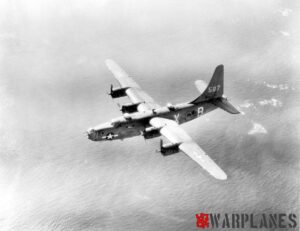
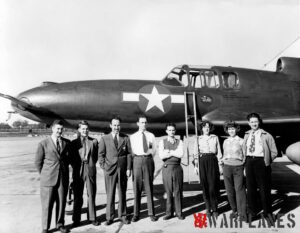
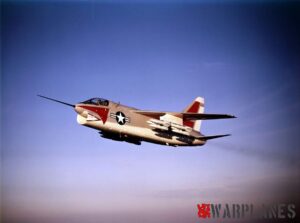
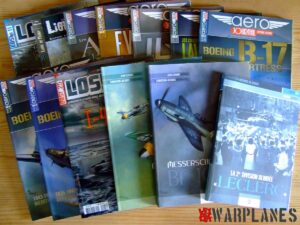
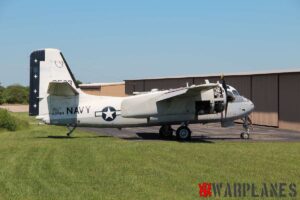
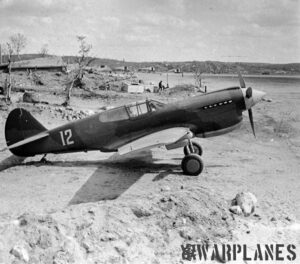

We are building a reproduction Whirlwind – New members welcome!
Hello – I have this vintage acrylic painting of a Westland Whirlwind if you are interested. Its by listed aviation artist Hornberger. Thanks
http://www.ebay.com/itm/181183582000?ssPageName=STRK:MESELX:IT&_trksid=p3984.m1555.l2649
New link-
http://www.ebay.com/itm/181185587973?ssPageName=STRK:MESELX:IT&_trksid=p3984.m1555.l2649
Whirlwind reproduction: http://www.whirlwindfighterproject.org